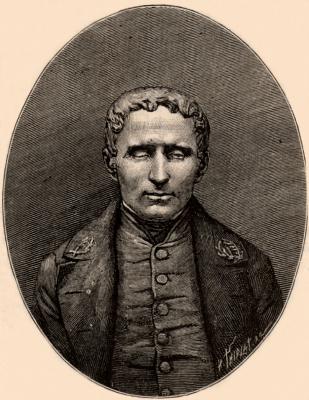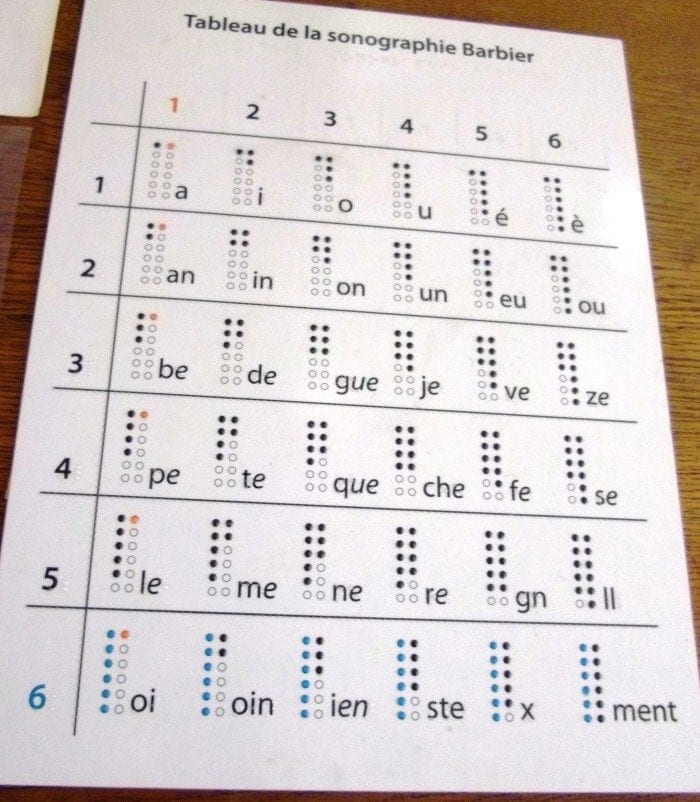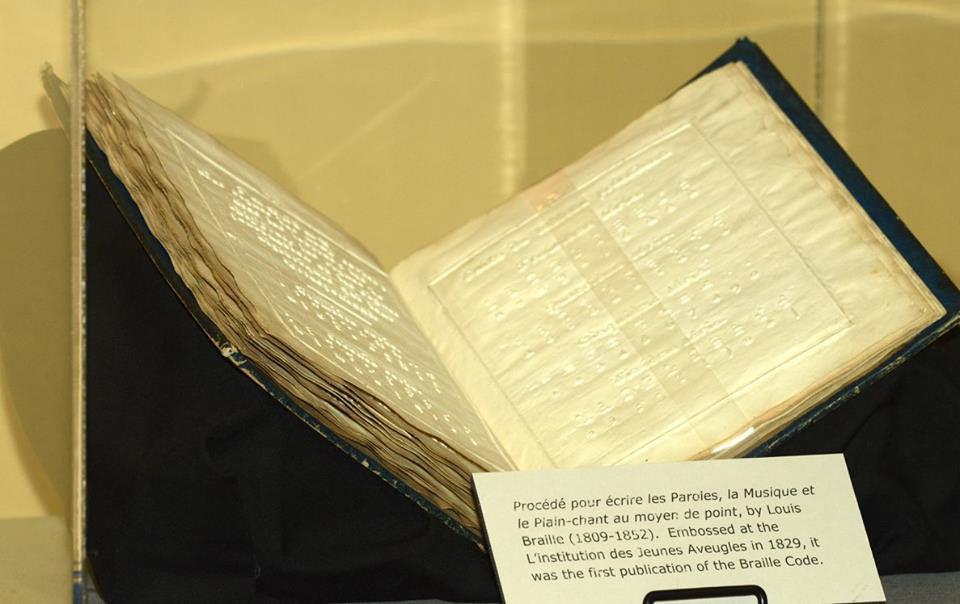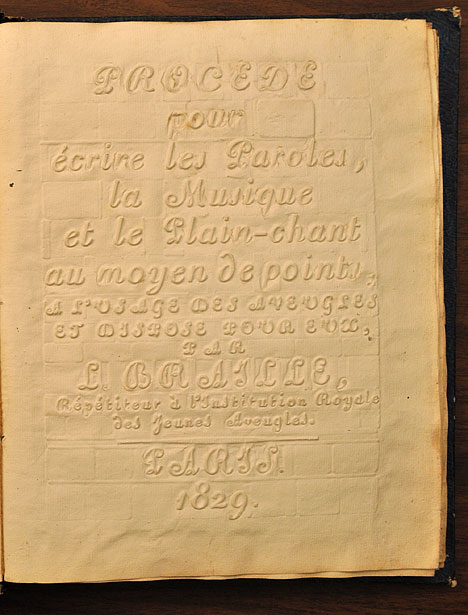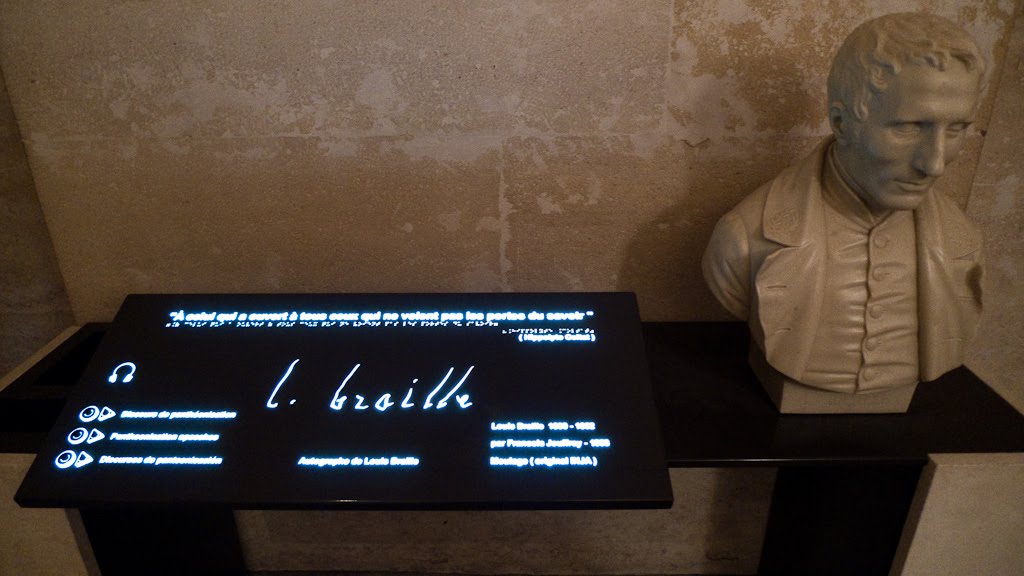First of all...what is Braille?
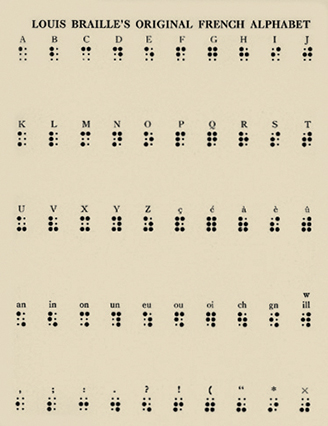
Louis Braille's first version of braille, composed for the French alphabet.
(Credit: SteveStrummer)
Braille is a tactile system that helps blind and visually impaired people to read and write. It consists of braille cells which are arrangements of six raised dots in the configuration of a rectangle. The reading process of braille involves using the fingertips of both hands, usually the index fingers, to feel across the lines of the dots. Rather than a language, braille is more of a code that comes in nearly every language around the world.
